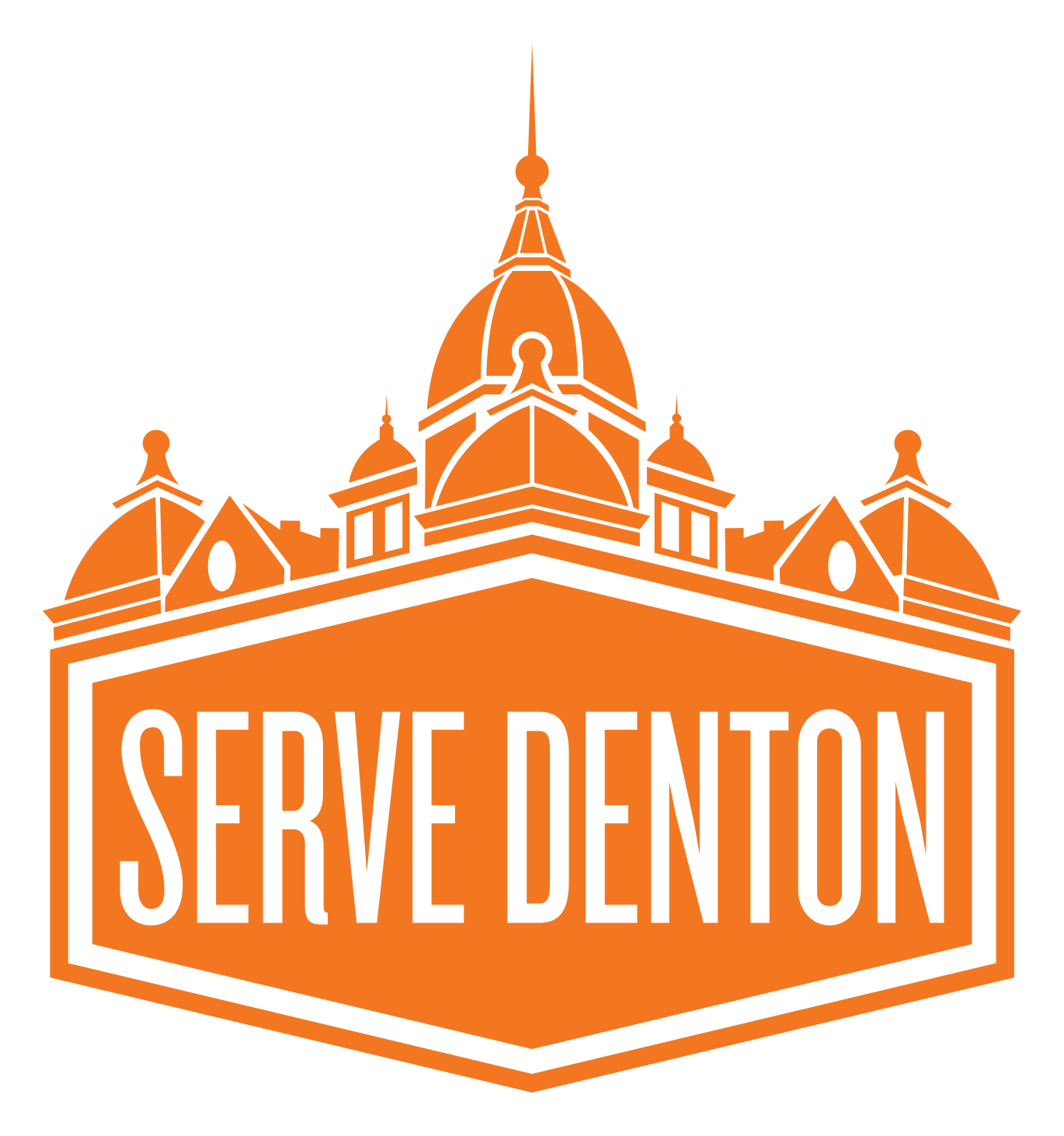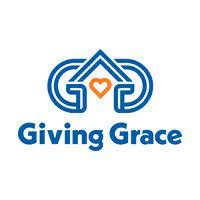FAQs: Everything You Need to Know About the Fight Against Human Trafficking in Denton County
January 2021 is National Slavery and Human Trafficking Prevention Month, as decreed by the U.S. Department of Defense. January is also known as Human Trafficking Awareness Month.
The trafficking of humans is and has been a growing problem in this country – especially for Texas. As one of the largest border states in the United States, it is considered a major destination and transit state for human trafficking.
The reality is that in Texas alone, about 300,000 people are reported to fall victim to these criminal acts each year. And the amount of human trafficking cases reported increases each year according to National Human Trafficking Hotline’s statistics.
How does Denton County play into that?
North Texas alone is the second-largest hub for human trafficking cases in the United States.
This is a key time for the Denton community to grow in understanding of what Human Trafficking is, and more importantly, what it is not. It is time for these messages to be taken to workplaces, churches, schools, and representatives in the fight to end this modern-day slavery.
Partners of Serve Denton like Refuge For Women and C7 Human Trafficking Coalition work tirelessly in this fight, and some of the most common questions they receive regarding human trafficking are as follows:
1. Human trafficking is a global issue. Why should I be concerned about human trafficking specifically in Denton County?
Many people are aware that the issue of human trafficking around the United States has become more and more frequent over the past few decades. The North Texas Corridor includes un-tolled highways such as I-10 and I-35 (Denton County) making this one of the main trafficking routes in the country.
The bottom line is this – human trafficking is a real problem affecting real people in a very present reality ... right in your backyard. It’s not merely an issue to gloss over, rather an issue that needs to be addressed head-on for our community’s health and safety.
2. What exactly is human trafficking?
Trafficking is a complex issue that touches people from many different areas.
Human Trafficking is defined as the process by which money is made off of another person through force, fraud, or coercion. Under this umbrella of human trafficking are two main subcategories: sex trafficking and labor trafficking.
To fully understand what Human Trafficking is, it’s essential to understand what Human Trafficking is not.
Here are common misconceptions about trafficking that hurt the actual issue:
Human Trafficking does not just mean sex trafficking (although that is a significant part of it). Labor trafficking is also common exploitation that is most commonly seen in ranch hands, live-in nannies, circus workers, door to door salesmen, and nail salon workers (just to name a few).
*Note, not all professionals in these industries are victims of labor trafficking.
Human Trafficking isn’t always like what you see in the movies. The majority of how human trafficking happens is formed from intentional relationships built on a bond and trust that then turns into one or more individuals being trafficked. These relationships can be in the form of parents, family members, family acquaintances, or friends. Very rarely is trafficking the “snatching” so often depicted by Hollywood.
Many times traffickers are not male. There are female traffickers whose job is to build relationships with vulnerable women for the purpose of eventually bringing them to the trafficker. They themselves are often victims of such trafficking and can earn special privileges by engaging in this process.
3. What are the main topics that need to be addressed in order to tackle the issue of human trafficking?
As uncomfortable as it is to discuss, the main topic that few are willing to dive into is the addiction to pornography and its contribution to human trafficking.
According to Fight The New Drug CEO Clay Olsen, “porn fuels the demand for the sex trade” in a way often not seen by those who view porn. “Traffickers have learned to package their product in a way that disguises the fact that the ‘performers’ are forced to participate,” said Olsen.
But here’s the thing: while there definitely are men and women with corrupted and perverted minds engaging in this behavior and acting as pimps or clients, there are also more “regular” men and women who are trapped in the awful cycle of pornography than you might think.
The sad reality is that many clients of trafficked individuals are average Joe’s or Joanna’s with reputable community jobs. Obviously broken and trying to fill a void through pornography, some hit a wall where virtual reality is no longer sufficient, and contact with an escort, prostitute, or sex slave is made. Therefore, the cycle of buying sex continues.
The issue of pornography is more rampant than you might realize. Space must be given for these men and women to seek the help they desperately need rather than letting this cycle hide in the dark due to fear, shame, and judgment.
Absolutely, 100% of the time, every action must be accounted for and every person held responsible for their actions. But there also needs to be compassion for the slaves to addiction just as there is compassion for the slaves to the trade.
4. What does Refuge for Women do to combat human trafficking?
Refuge for Women specializes in providing long-term care for women who have escaped human trafficking or sexual exploitation. With multiple locations across the U.S., Refuge for Women offers up to twelve months of safe housing, at no charge to the resident, with around the clock care as residents progress through evidence-based, trauma-informed programming.
Refuge for Women also hosts various awareness events. Through the collaboration of multiple organizations and entities, panels are put together (including representatives of the Child Sex Trafficking Team from the Governor’s Office, representatives from For The One who looks for missing and exploited children, local law enforcement, Homeland Security, Refuge for Women staff, trafficking survivors, and outreach organizations) to provide education and information regarding human trafficking to the community.
5. Now that I’m aware of the human trafficking issue, what are my next steps?
If you commit to doing just one thing to mark Human Trafficking Prevention and Awareness Month this January, do this: learn how to spot the signs of trafficking. Attend a community awareness event and get educated on the issue.
Knowledge is power ... you can’t fight something you don’t know.
Once you understand what trafficking can look like, call the National Human Trafficking Hotline at 1-888-373-7888 or Denton County Crime Stoppers at 1-800-388-TIPS when you observe suspicious behavior.
Never approach a situation by yourself as you will put yourself and the person you’re wanting to help in danger.
Secondly, get to know your strengths, gifts, and talents, and how you can use those in the fight against human trafficking. Find out what you enjoy doing and partner with an organization that offers you the opportunity to utilize your skillsets for the betterment of the community.
Volunteering with organizations already engaged in the fight is one of the best ways you can serve the community and make a stand against this slavery lurking in our community’s backyard.






















